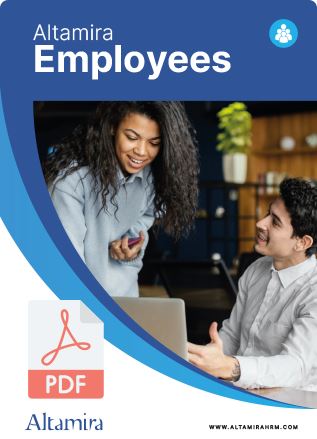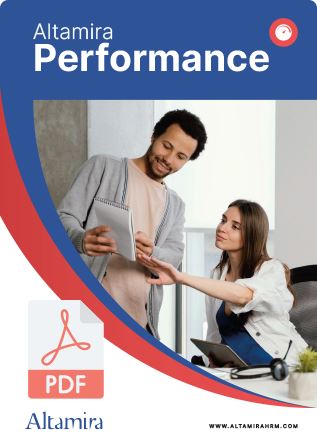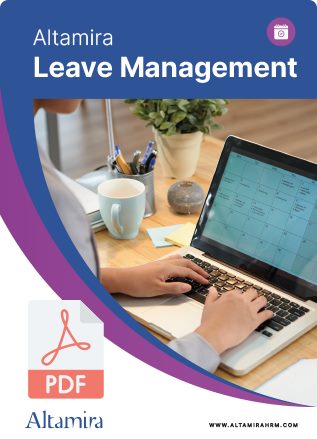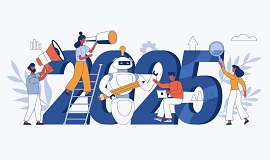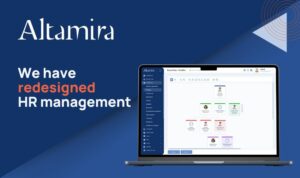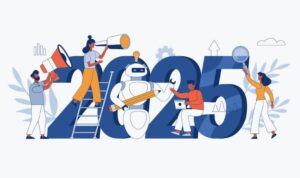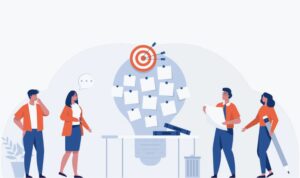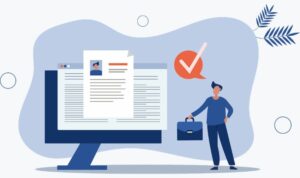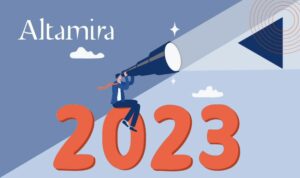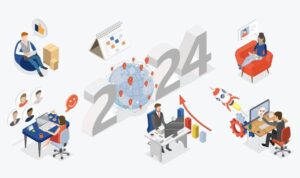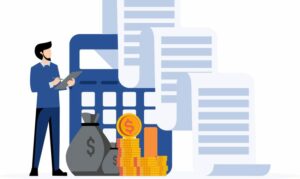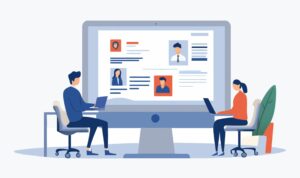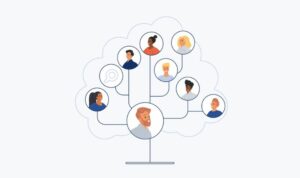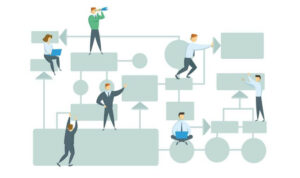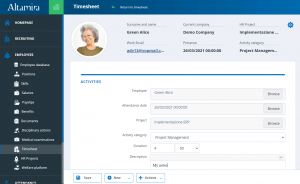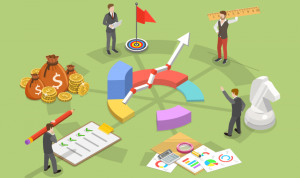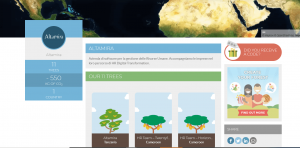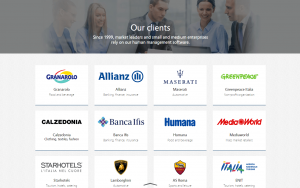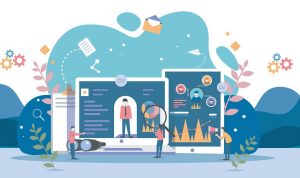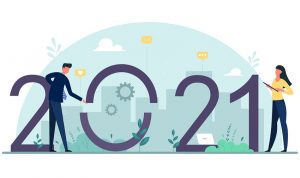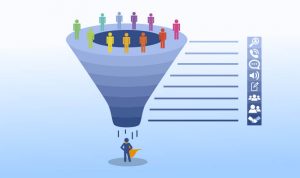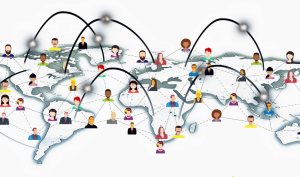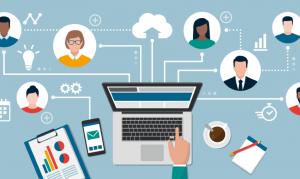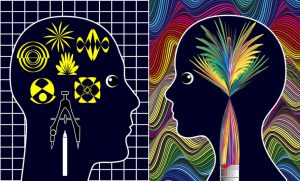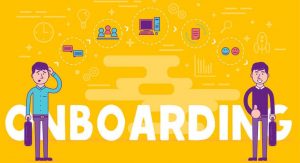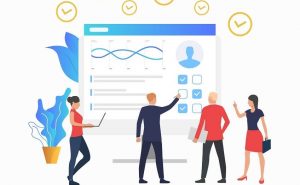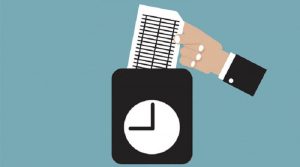One of the main goals of HR software is to free up time for HR professionals, managers, and employees by streamlining repetitive and complex operations, simplifying data analysis, and enforcing compliance with regulations and deadlines.
The HR team will then be able to invest its time in strategic tasks and planning activities, but also to nourish relationships with candidates and the existing workforce.
Modern HRM systems are equipped with numerous time-saving features and functionalities. Here are 10 of the best ones.
1. Multiposting
Multiposting is one feature that makes recruiting software (ATS) a must-have for companies of all sizes, SMBs included.
To find the ideal candidate, businesses need to promote their vacancies across a vast network of job search engines, job boards, and social networks. Here is where the multiposting system comes in handy, as it allows users to publish and promote a single job ad across multiple platforms in just a few clicks. Not only does it crucially reduce the time spent on each vacancy, but it also allows employers to collect all the CVs in a single database, improving the resume screening time as well.
For companies that post dozens (or hundreds!) of vacancies each year, the time saved can be equivalent to several working days.
2. E-Signature
The exchange of hard-copy signatures between administration and staff can lead to long waits and time wasted, especially nowadays, when many employees work occasionally or regularly from home.
The spread of hybrid work has pushed the development of numerous e-Signature providers such as DocuSign and Yousign that are now fully integrated into the most advanced HR software suites.
The e-Sign feature delivers a safe and easy solution to document exchange; even lengthy documents requiring multiple signatures or acronyms can be signed effortlessly in just a few clicks.
3. Document digitization
Switching to the digital management of documents involving candidates and employees has numerous advantages, as it simplifies many repetitive tasks such as:
- Storing
- Searching
- Signing
- Sharing
- Updating
- Deadline management
- Deletion
4. Computing
If there is one thing in which machines are undoubtedly better than us, it is the ability to perform complex calculations quickly.
HR teams can significantly reduce their workload by utilizing HRM systems to calculate the MBO bonuses assigned to each employee, update the vacation and leave schedules, keep track of worked hours and overtimes, calculate accrued meal vouchers, and so on.
Relying on an HR system not only saves time, but also provides greater accuracy and reliability.
5. Automatic CV Deletion
Keeping track of data retention periods for candidates’ resumes is nearly impossible without a good HR software at hand.
To manually delete each candidate’s profile at the end of the retention period indicated on the company’s privacy statement is indeed very complex and cumbersome.
An automated CV deletion system not only saves precious time for the HR office but also ensures compliance with regulations, minimizing the risk of incurring in sanctions.
How does it work?
The software calculates the end of the retention period the candidate has consented to and automatically enters the profile into a cancellation workflow 30 to 60 days before the expiration date. Before permanently deleting the CV, the candidate receives one last email inviting them to renew their consent with a simple click. If this does not happen, the profile is removed and destroyed at the end of the retention period.
6. Automatic CV Screening
Automatic screening is another common feature of recruiting software that allows users to sort resumes based on their adherence to specified requirements.
When the number of applicants for a specific vacancy is very high, this system dramatically improves time management, as it allows recruiters to review resumes starting from the ones with the highest score.
Screening doesn’t automatically exclude candidates but helps highlight the most promising ones, providing substantial benefits in terms of efficiency.
7. Digital skill map
Skill mapping, and consequently the creation of skill matrices, is a necessary step for all companies that wish to grow and fully develop their workforce potential.
Doing so with the support of an HR software provides great advantages in terms of efficiency and accuracy. For instance:
- The software can calculate the existing gap between the skills required to fill a given role and those possessed by the current employee.
- Every role change or variation in the workforce is also automatically reflected in the matrix.
- All changes are tracked by the system.
- The data collected in the skill map can be used to generate reports.
8. Templates
Many HR software come with useful templates to guide users in the drafting of new documents.
Templates are extremely versatile and can be used to achieve multiple results, for example:
- To draft a job ad in line with the company standards. Templates ensure consistency in structure and style and simplify the addition of recurring content such as the company description.
- To send pre-configured emails to employees and candidates, for example, to inform them about equipment pick up or to schedule an interview.
- To generate certificates and internal documents, such as certificates of attendance for courses or goal assignment letters.
9. Deadline tracking
Meeting deadlines – for documents, certifications, medical check-ups, etc. – is far less challenging when we rely on HR software to send notifications and timely alerts.
Systems such as Altamira HRM also allow for the periodic generation of reports on all the expiring items.
Thanks to this feature, HR teams will be able to spend less time keeping track of approaching deadlines while simultaneously improving their compliance rate.
10. Reporting system
Data analytics is critical to the company’s success, and HR Analytics is no exception.
However, collecting and analyzing HR data with generic tools such as Excel sheets is highly time-consuming.
On the other hand, HR software can automatically track personnel data and continuously update, classify, and organize it into graphs and reports that can be easily browsed, minimizing the time spent on these tasks.
Copyright: ©tatomm/Adobe Stock


